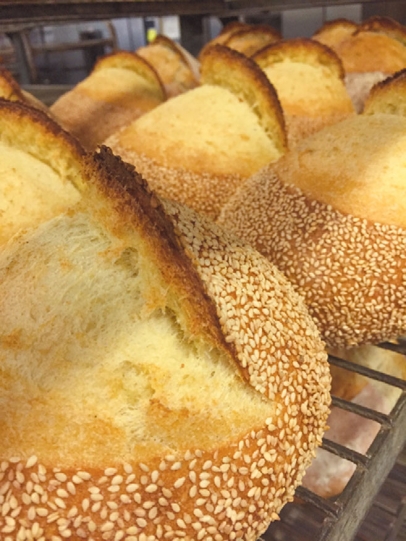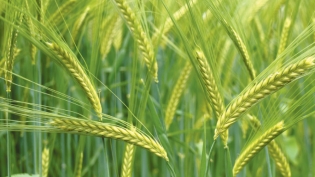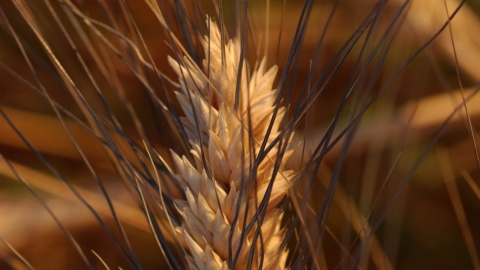Semolina Flour or Durum Flour?
Cooking with durum wheat products can be a confusing experience. Should you use durum flour or semolina flour? Are there whole-wheat products? What are the differences?
It all starts with the durum wheat. Durum wheat is milled into both semolina flour and durum flour. Although both products are high in protein and gluten and have a golden hue, they have different textures and are used for different purposes.
The milling process is accomplished through a series of steps. Generally, the endosperm, which is a starch found in most flowering plants that provides nutrition for the growing plant and constitutes the largest portion of the grain of wheat, is separated from the bran and the germ. Since durum wheat is the hardest of the six classes of wheat (durum meaning “hard” in Latin), the durum wheat endosperm resists breaking during milling, making it ideal for milling into semolina, which is a coarse, granular flour with a texture similar to cornmeal. As the semolina is ground into flour, a fine powder is also produced. This by-product is durum flour, although it is also intentionally produced by further grinding the semolina.
In addition, there are whole-wheat versions of semolina flour and durum flour that are available and preferred by many consumers who want more fiber in their diet. Whole-wheat semolina is made by milling the endosperm along with the bran and the germ, resulting in a darker color, coarser texture and a more fiber- and nutrient-rich product. The miller can also doublemill the grain to produce whole durum wheat flour.
Both semolina and durum flour are high in protein and gluten strength. Generally, gluten provides for elasticity as well as plasticity, or the ability to hold a shape. While the gluten in semolina and durum flour is strong, it is not particularly elastic, thus making it ideal for pasta.
The coarser-grained semolina flour is perfect for hard pastas, as it allows the pasta to keep its shape after cooking and gives the cooked pasta the “al dente” property that most people prefer. Commercial pasta makers, both in the U.S. and internationally, combine the semolina with water and extrude it through various-shaped disks to produce over 350 shapes of pasta, including rigatoni, farfalle and penne. The naturally rich color of the durum endosperm is what gives pasta its golden color. That combined with the nutty taste contribute to the quality of the pasta.
Durum flour, on the other hand, is used for softer noodles. It makes a softer dough that can be easily formed into pasta shapes that will bend or curl when cooked, such as spaghetti or linguini. Some home pasta makers prefer durum flour as it mixes easily with water, forms a smooth dough and is generally easier to work with than semolina flour.
Durum flour can be used in baking certain types of breads. Breads made with durum flour are yellow colored and have a distinct taste from other breads. In Italy, North Africa and the Middle East, durum flour has historically been used for making artisan, hearth-style and flat breads, using recipes that are handed down from one generation to the next. Since dough made with durum flour does not have the elasticity of other wheat dough, it is not considered well suited for high-volume pan breads, which explains why it is not commonly used by large commercial bakeries. Many recipes use a combination of either semolina or durum wheat and a variety of other types of flours, such as all-purpose or 00.








